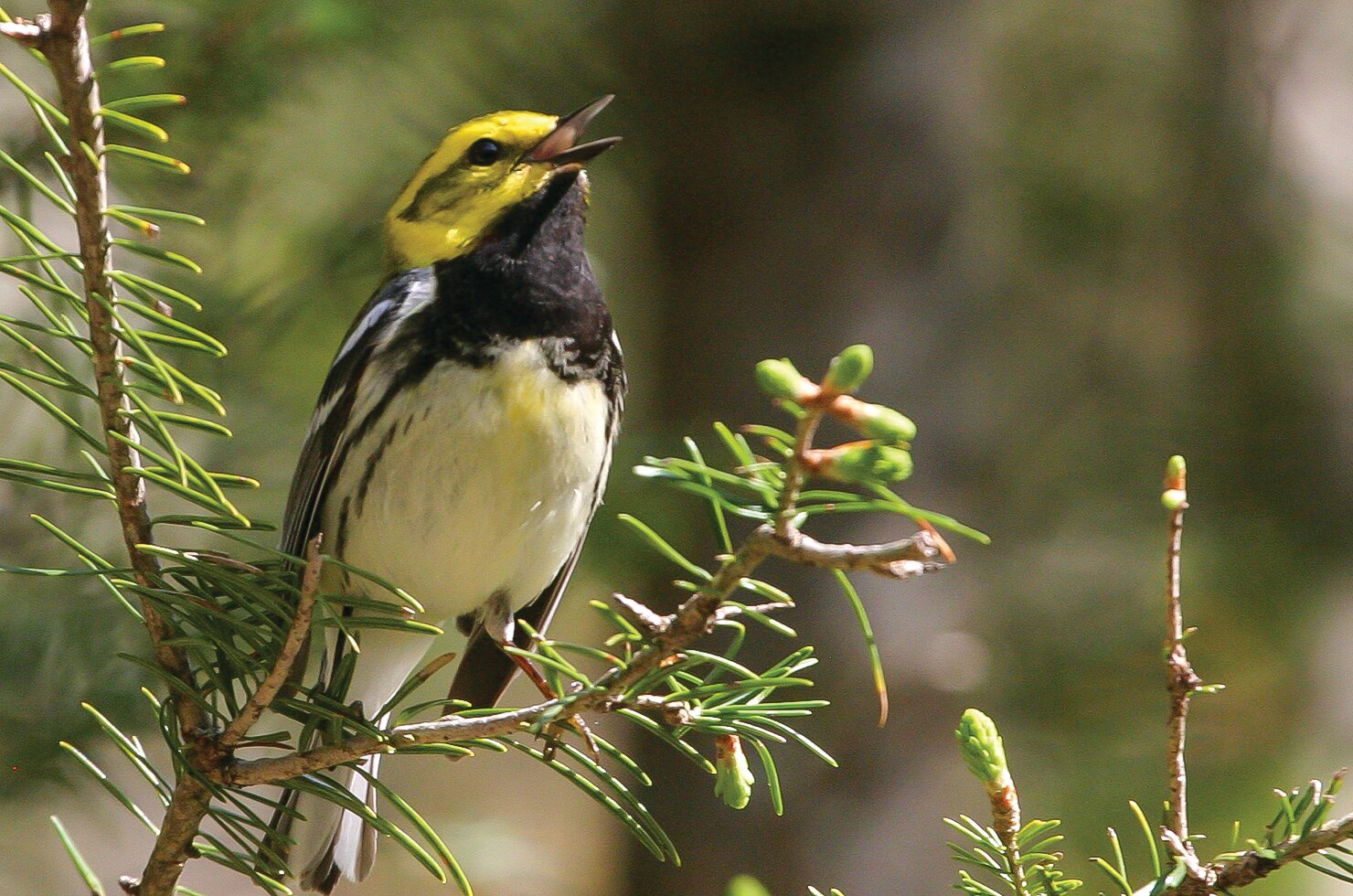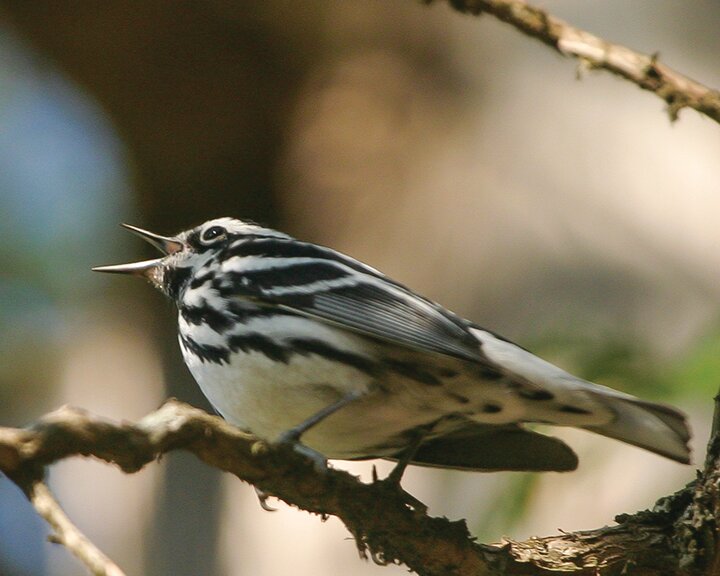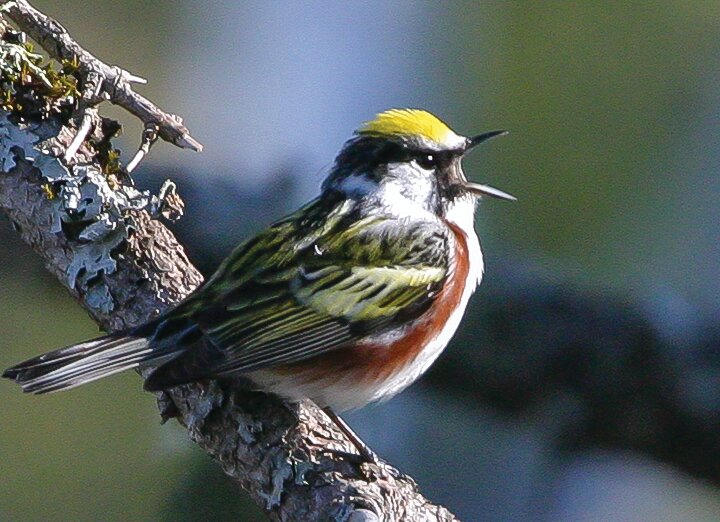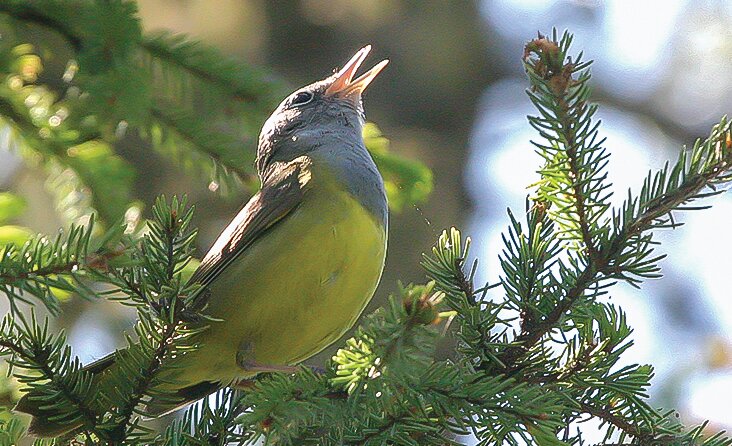Support the Timberjay by making a donation.
Merlin: it’s like magic
With its recent Sound ID upgrade, this app can help even the novice recognize bird song
When it comes to technology, I’m definitely the late adopter in the family. So, it was just last week that my wife Jodi showed me the latest and greatest version of the Merlin bird ID app, …
This item is available in full to subscribers.
Attention subscribers
To continue reading, you will need to either log in to your subscriber account, below, or purchase a new subscription.
Please log in to continue |
Merlin: it’s like magic
With its recent Sound ID upgrade, this app can help even the novice recognize bird song
When it comes to technology, I’m definitely the late adopter in the family. So, it was just last week that my wife Jodi showed me the latest and greatest version of the Merlin bird ID app, created by the Cornell Lab of Ornithology. She’s had it on her phone for years, unbeknownst to me.
But we were walking on our gravel road one mild morning last week and were marveling at the bird song that was suddenly pouring forth from the woods around us from all the returning warblers that were back on their territories and making their presence known. I was pointing out the black-throated green warbler and the parula warblers, both singing up high in the big aspens, as well as the Tennessee warbler in the alder thicket down the way. There were Nashville warblers, chestnut-sided warblers, black-and-white warblers, and magnolia warblers as well.
That’s when Jodi pulled out her Merlin app, and turned on the sound ID feature, which was added to the app as a major update in 2021. And suddenly she was calling out the bird song as fast I could keep up, thanks to the remarkable bird song feature, which incorporates artificial intelligence to analyze and match the bird songs it picks up to the species that sang them.
And here all these years I had to rely on standard intelligence plus a somewhat unique experience to identify birds here in the North Country.
I learned most of the southern boreal forest bird songs back in 1981 during the summer I spent at Bowdoin College’s scientific station on Kent Island in the Bay of Fundy. I was there as a research assistant to an ornithologist from the University of Minnesota who was studying blackpoll warblers and the work entailed spending all day, every day, in the woods observing and listening to birds. I was young, just 20 years old, and the songs of all those birds, most of which are found here in the North Country as well, were permanently imprinted. It’s a skill that served me well over the years, given my ongoing interest in birds.
But now, here was an app that could rival months of intensive bird study and give the complete novice the ability to identify bird song like an experienced birder. After feeling briefly put out, I opted to see the bright side and recognize that anything that helped introduce more people to the amazing world of birds was a good thing. After all, it’s only through awareness that we build appreciation and, eventually, and recognition of the importance of protecting habitat.
That’s been the idea behind the Cornell lab for decades, so it was no surprise that they were the driving force behind the creation of this remarkable app. Its sound ID feature, which can record and identify bird song in real time, has been described as revolutionary.
We were able to give it a good test on our recent walk and I can confirm that it was spot on about 90 percent of the time. It had a couple mistakes, including claiming to have heard an indigo bunting. There are a few in our area this time of year, but none were calling that morning.
The app will not only correctly identify a bird song in most cases, it will also tell you whether the species is common or rare in your area. It identified one of the birds we heard that morning, a wood thrush, as rare. That would have been true in past years, since the range of the wood thrush used to be south of here, but this year we have at least four wood thrushes singing on territories along the two miles of road we typically walk in the mornings. Sadly, they seem to have replaced our hermit thrushes this season.
The Merlin app has created one issue that has frustrated organizations that take bird records seriously— and that’s a relative flood of reports of birds based solely on sound identification through the app. Most organizations won’t accept that as a positive ID, particularly of an uncommon or rare bird, without further documentation, such as a clear sighting, a photograph, or some other form of evidence.
The app is designed as a starting point, to help give a less experienced birder a good idea of what they’re hearing. That way, they can search out the bird, preferably with binoculars, and rely on the images in a good bird identification book or the Merlin app to further confirm the identification.
The best part is, by providing the opportunity for success, even for new birders, the app is sure to help birding, already America’s most popular sport, continue to attract new enthusiasts.













